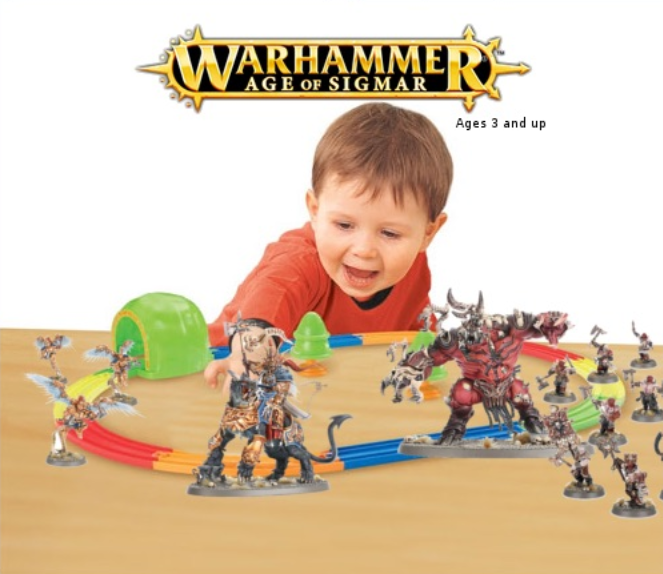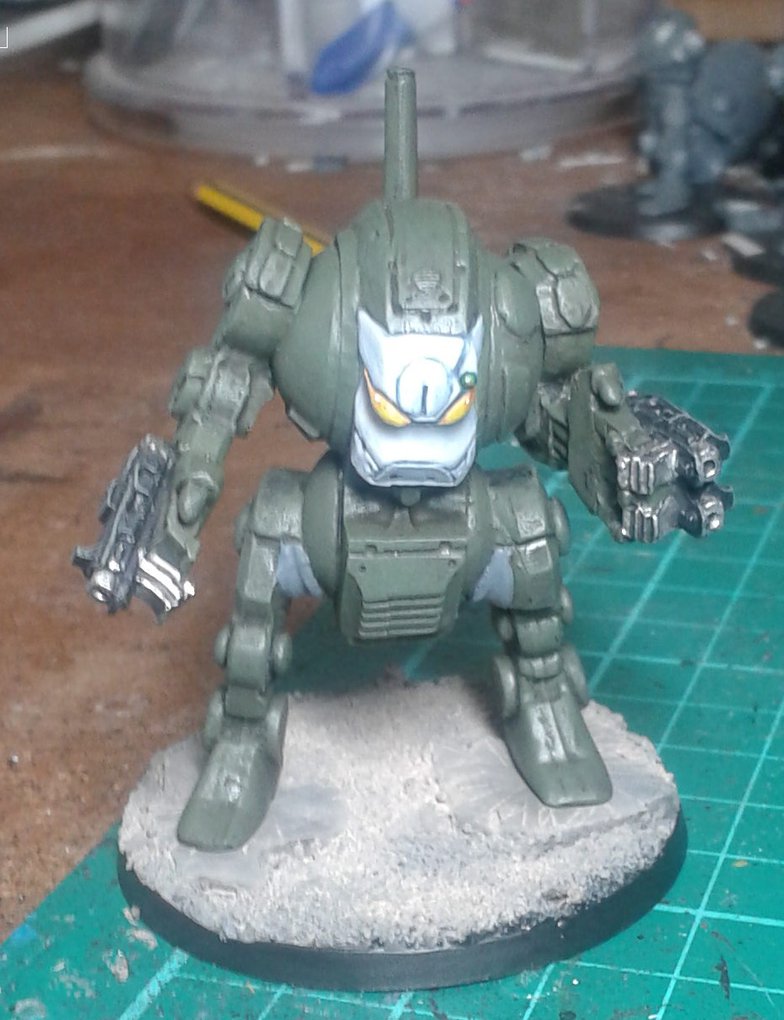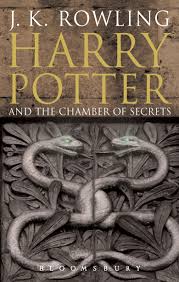Editorial: Games Workshop Make Games For Kids
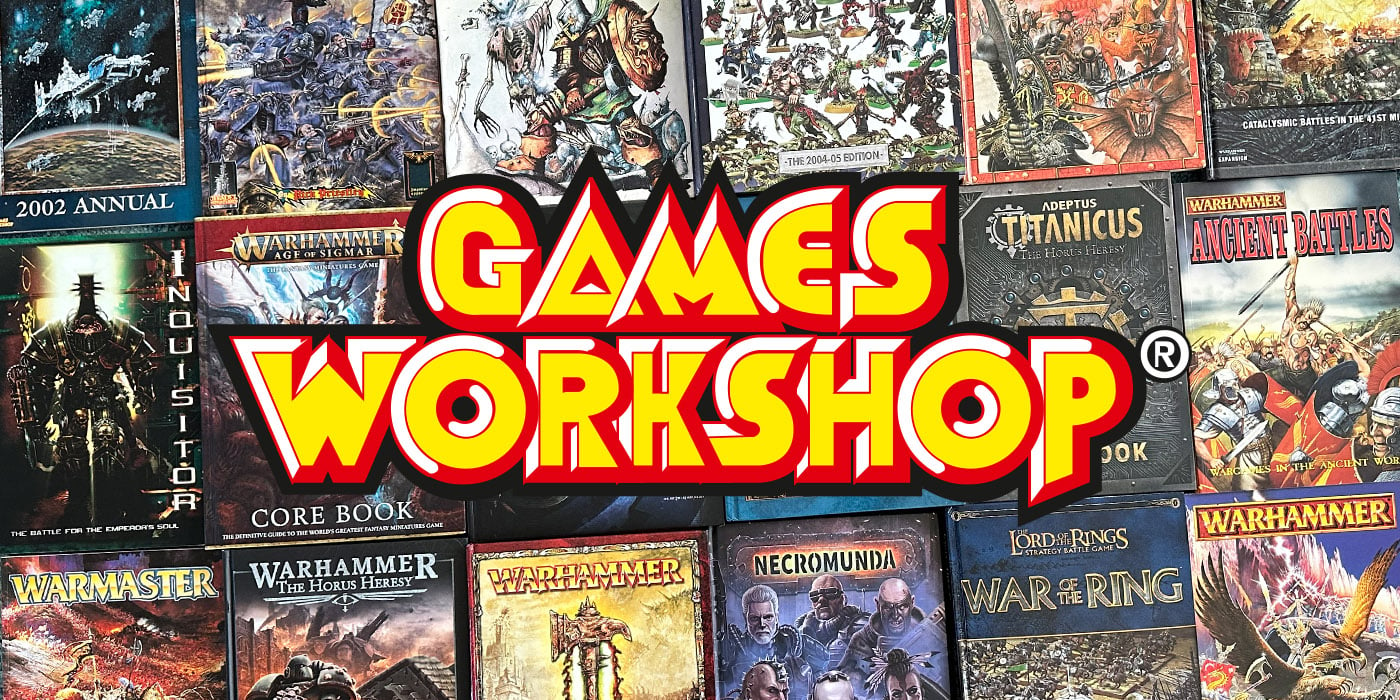

A wise gamer, makes us face the elephant in the room. GW is aimed at kids – and that’s alright.
via BoLS Lounge alumni YorkNecromancer
So I heard from everyone – everyone – that ‘Infinity’ is easily the most exciting skirmish game on the tabletop right now. And when I say ‘everyone’, I just want to be clear: I’m not talking about the kind of hipster gamers who think they gain cool points bragging about only playing eurogames centred on the cutthroat politics of sheep farming in preindustrial Norway. I’m talking about people whose opinion is actually worth listening to. People who play everything from 40K to even more obscure games about the merciless politics of grass herding in preindustrial Livonia, and all purely for the love of dice and cards with friends.
So, ‘Infinity’ then. I downloaded a copy of the rulebook, and the moment I started reading, my bottom promptly fell off. I’m not even kidding: one minute I was sat reading a book of colourful rules for simulating gunfire, the next ‘CLONK’ and there were my buttocks, just sat on the floor, looking up at me with a wretched expression at my horrid betrayal.
Or at least that’s how it felt.
I mean, I tried. I really, really did. But looking through page after page after page after page after page after page after page after page after page after page after page after page after page after page after page after page after page after page after page after page after page after page after page after page after page after page after page after page after page after page
Dear sweet mercy, what kind of madness was this? Two hundred and fifty six pages? Two hundred and fifty six? How is that even possible?! Page after page of rules, tables, charts, examples, cross-references, keywords, more charts, more tables, detailed rules for blind fire and aaaaAAAAAAGGGGGGHHH!!!
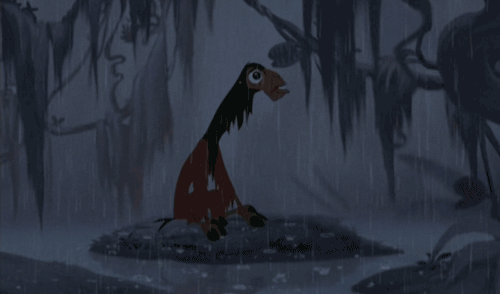
Pictured: please don’t make me read it again. Please…
Oh my actual Glob, I’m just sat here thinking about it, and I feel like my intestines are going to unspool from inside me and fall into a wet puddle of bloody ruin between my legs.
*Inhale. Count to four. Exhale.*
Okay, now, don’t get me wrong. I’m not saying that ‘Infinity’ is a bad game. I’ve never played, but I know it’s fun, because as I say, people whose opinions I seriously respect have assured me it is. And if I’d had a free moment when they hold their gaming nights, I’m sure they’d be able to hold my hand and shepherd me through my first few games until I was as enthused for it as it as they are. Alas, our job schedules conflict, and the only thing I have to guide me is a rulebook that’s easily more intimidating than the current AQA GCSE English exam curriculum.
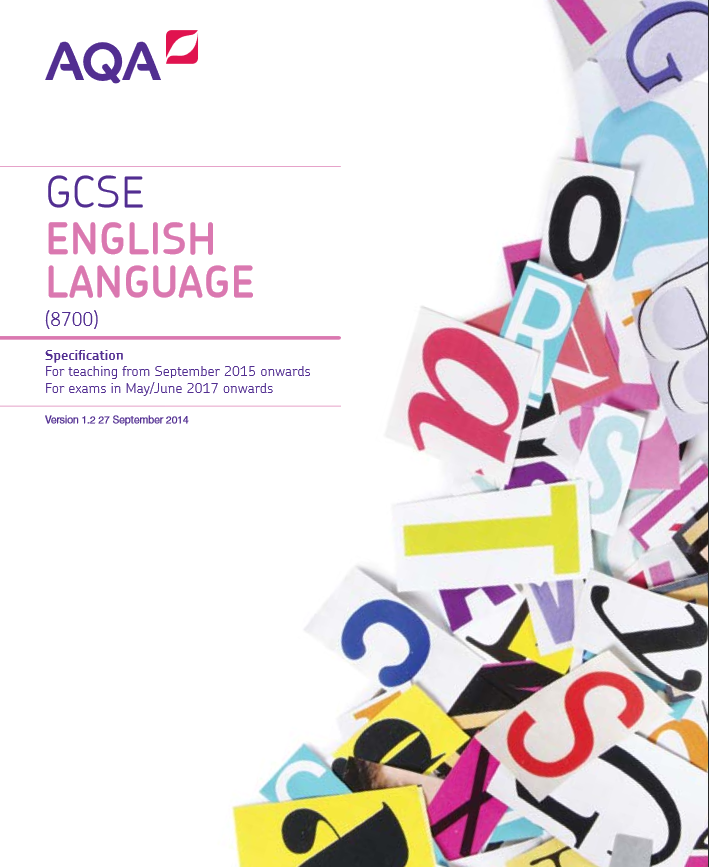
At least I get paid to read this.
Also, it’s worth clarifying, I read complicated things all the time, for both work and private enjoyment. There’s aforementioned AQA exam spec, and you don’t know true boredom until you’ve had to read one of those horrors from cover to cover. There’s GCSE mark schemes, which somehow manage to be even more boring than the exam spec. Then there’s works of Alan Moore, which are pretty easy to follow… Until you get to his crazy stuff about magick and weirdness. Even Warren Ellis can’t handle that.
My point is, I like to think I’m good with words. I’m educated to a postgraduate level, and I like complex things.
But sweet mercy, I just couldn’t face the ‘Infinity’ rulebook. I don’t care how good the game is; unless someone shows me how to play, I ain’t learning. Life is just too short for that much maths.
Now: does this mean I hate complicated games?
No.
Yes.
Kind of.
My personal taste for gaming has always been for short, sweet games that last under an hour. I like them quick and tactical. My gaming sweet spot? It’s probably ‘Blood Bowl’. GW have made a lot of fun games, but ‘Blood Bowl’ is pure perfection in boardgame form. That’s followed very closely by games like ‘Smash Up’, ‘Space Hulk’ and probably 40K Kill Team. All are games that you can blaze through quickly; if you want more, you can play again, and if not? Well, they’ve not outstayed their welcome.
But if you listen to a certain type of gamer, I’m wrong. I should be playing Apocalypse at 50,000,000,000×1010 points or I’m Doing It Wrong. I mean, they won’t necessarily say it that baldly; most of the time, it’ll be sideways passive-aggression. Humblebrags about how they play at ‘a different level’, the inference being that if you like smaller, simpler thing? You’re the person ruining gaming for everyone else.
And there’s a real belief that people like me, who like things simple? We’re poison. We bring the hobby down. It’s related to the ‘fluffy vs WAAC’ gamer debate, but it’s not that. See, it’s not about competitive levels, or listbuilding or any of that. That would be forgivable. No, we’re a problem because we want The Worst Thing Imaginable.
We want games to be simple. And that’s not simple as in just ‘clean, well-written’; that’s ‘simple’ as in short. As in concise. Succinct.
Say, maybe four pages long.

Pictured: a large percentage of previous WHFB gamers on reading that statement.
Now, I can literally hear the ‘Age of Sigmar’ haters cracking their knuckles in anticipation of giving me a thorough murdering, and I imagine some will just skip the rest of my argument and go straight to posting angrily in the comments. If so, fair play to you.
However, the ‘Age of Sigmar’ controversy has kind of crystallized what I’ve always felt: that there’s a toxic assumption which underlies a lot of the thinking regarding what makes a ‘good wargame’. It’s a simple kind of equation, and it appeals to a certain type of gamer in the same way that breaking the internet appeals to Kim Kardashian, or casual racism appeals to Donald Trump. And it’s this:
more complexity = better.
And you can kind of see the thinking. After all, the more rules there are to cover every kind of situation, the wider the range of units, characters, species, strategems, and tactics available. If the rules are broad enough, then you can have robots with phased plasma weaponry in the 40watt range going toe-to-toe with Neanderthal shaman who’ve summoned the ghostly spirits of their ancestors to help. It’s a logical assumption.
But does that actually make it true? Does more complicated actually = better?
See, I don’t think so, and over the course of this article, I hope to have elucidated my views on this somewhat.
Why The Ice King Disproves A Flawed Assumption
Obviously, the key thing which has inspired this article is the release of ‘Age of Sigmar’. (Full disclosure – I’ve never had the slightest interest in collecting WHFB. I found the sheer density of the rule book off-putting, the rules for maneuvering units obnoxious, the propensity towards Epic Heroism tedious, and I’ve already got fourteen or so 40K armies, so, yeah. WHFB wasn’t for me. That’s not to bash WHFB – I get the appeal of the old system. That’s simply me stating: I have no investment in praising it or burying it. It just wasn’t for me.)
When ‘Age of Sigmar’ came out (and the internet lost its collective mind) I basically read through the rules and thought ‘Wow. This looks fun. Really, really fun. Just a nice, simple, pick-up-and-play system that I don’t need to paint 40,000 wound counters to play. I might get into this.’ It’s an understatement to say that other people disagreed with me, and I get why people are angry. There were nearly 40 years of attachment to that game, and as someone who’s still angry that ‘Terminator: The Sarah Connor Chronicles’ got cancelled after only two years, sister? I feel your pain.

Just like in real life, Shirley Manson was a Terminator. It was the greatest series ever.
But the thing that got my back up was the almost immediate sneering that began rearing its ugly head:
‘Well, it looks like GW are just trying to appeal to the kiddies.’
‘This isn’t Warhammer; it’s a kid’s game.’
‘This is just designed to suck the pennies off kids. It’s so simple, it can only be for kids.’
I read a lot of comments like that. A lot. And every time I read something like that, I thought the same thing.
What a disappointing failure of imagination.
See, I get hating on a game because it’s unbalanced. I get hating on a game because it’s incomplete. I get hating on a game because it’s not what you personally want. I get hating on a game because it’s got a lack of diversity and equal representation. I get hating on a game because a D6 doesn’t afford the same level of randomisation as a D10 or a D20.
What I don’t get, is hating on a game because it’s intended for a young audience.
When I first got into 40K, it was back in 1989. I was eleven, and still very much a child. My first GW model was an Xmas present: one of the old Furioso dreadnoughts that came in a blister pack for £3.99. It weighed what felt like five kilos, and was not recommended for people younger than fourteen. Apparently, this was in case we had been eating lead all our lives and so a.) now had a taste for it so b.) were therefore stupid enough to assume this sharp collection of metal pieces was food.
My first actual GW purchase was a box of RTB01 marines and the ‘Terminators and Tyranids’ boxed set. And before I went and bought them with the money I got from my grandparents, I remember actually having a conversation with my mum about it.
“Am I childish for wanting to play this game? Because it’s playing with toys, and I’m eleven now. Should I stop? I don’t want to, because this is basically the coolest thing I’ve ever seen, but I don’t feel like I should get involved.”
I actually asked her that. At age eleven, I felt ashamed of liking 40K, because I was now old enough that I should have stopped playing with toys. Everyone else at school was into… I don’t really know what. Football, probably. Nike Air trainers. Dreaming of being old enough to shave. They weren’t still into toys and action figures and shiny, brightly coloured plastic figures.
Of course I felt ashamed.
‘It’s for kids.’
It’s a truth often unacknowledged that we can only see in others what we recognize in ourselves. I suspect every gamer has had that same fear; that, for all the ‘grown-ups’ who play wargames, our hobby is still, at the end of the day, ‘for kids’. I suspect many of us are, in some ways, a little ashamed of ourselves for loving this hobby so much. Throne knows, mainstream culture says we should; even with geek culture in ascendancy, wargames are still something people feel okay turning their nose up at. Having your sitcom character admit he likes ‘Warhammer’ might as well be shorthand for ‘this one’s dying a virgin’… Never mind the spectacular, prolific and borderline heroic acts of naked intimacy many of us wargamers have been a part of with their wives, husbands, and sexy friend/s. After all, why let truth get in the way of a tired, depressing stereotype?
So I would hazard a guess that any gamer who talks about GW making things ‘for kids’, well. I think they recognize that little bit of shame they feel in themselves… And they want to use it. To ‘weaponise’ it, if you will. They use it to try and shame people into compliance. At the moment, they’re attacking ‘Age of Sigmar’, but I’ve seen the same strategy used to attack everything from 40K to FFG releases, and they use it because it works.
At its core, it’s easy: just convince everyone this isn’t appropriate for you. You are an adult, and you embarrass yourself by liking something for children. Shame is a powerful tool of social control.
That sense of shame though? That sense of shame and the whole attitude that encourages it? It’s bollocks.
See, anyone is allowed to like whatever they like. Some men like to play football. Some like to play darts. Some like gay sex. Some like sunbathing. Some like to roll dice. Some like ice cream. Some like to kiss girls. As I’ve said before, as long as what you’re doing is safe, sane and consensual, go for it. Like whatever you like: no-one can tell you not to like what you like.
At the heart of it’s a kids’ game’ is the incorrect assumption that ‘childish = stupid’, and, by extension, ‘adult = intelligent’. That childish fun is lesser than ‘mature’ content.
This is absolute bollocks. There are many proofs that art intended for children can be emotionally and intellectually engaging, but I want to focus on one: the television series ‘Adventure Time’ and its character, The Ice King.
To summarise: ‘Adventure Time’ is a children’s show aimed at children. The Ice King is the primary villain for the first series; he’s a crazy old wizard with ice magic, and he’s obsessed with kidnapping princesses. That’s his thing. And for the first season or so, he’s played pretty much for laughs. He’s just this funny, crazy villain, who’s a pain, but not too much of a problem for the heroes to defeat.
Then it turns out that SPOILER: The Ice King used to be a human called Simon Petrikov. He found a cursed crown that contained the powers of immortality and ice magic, but which condemns the user to tortured insanity. He didn’t want to wear it, because when he did, his lunatic ravings drove his beloved ‘princess’ of a wife, Betty, from him… But the crown meant he had no idea what he’d done. Swearing never to wear the infernal thing again, Simon was forced to put it on to use the ice magic to defend a young girl, Marceline, whom he loved like a daughter. He did this knowing that each and every time he did so, the crown’s power grew, driving him further and further into madness and horror.
In the era ‘Adventure Time’ is set, Simon is gone completely, mentally ravaged to the point where there’s almost nothing of him left… Except his vague memory that he once loved a princess, so now he needs a new one.

The Ice King is tragedy personified. He’s lost everything, and the show makes it very clear: this is awful. Marceline, his adopted daughter, is still around, but she refuses to see him because to do so hurts too much. She misses Simon, but Simon’s gone.
And yes, this is all in a show designed for children. ‘Adventure Time’ is a kids’ show, and the creator has openly said that’s never going to change. It’s never going to get darker and edgier, because he wants it to be something for children to watch with their parents and enjoy. He wants it to be whimsical and fun, with its candy people and silly jokes.
It also has moments like this:
And this:
Now, those are some pretty intense scenes… but ‘Adventure Time’ is for kids. See, the truth is that ‘dark and edgier’ does not equal more mature. Take something like DC comics; they’re always trying to seem more ‘grown up’ than Marvel, more gritty and grim… But Marvel actually does mature content already. By ‘Iron Man 3’, the film’s key plot is that Tony Stark is suffering from PTSD. He’s become a recluse, hiding in his Hall of Armours, spending the GDP of a European nation on suits of armour just so he has an excuse to stay inside and avoid having a panic attack. That’s quite a realistic, mature approach to superheroism – the idea that actions have consequences. Yeah, it’s not handled realistically, and he’s ‘cured’ by the end of the film, but the fact it’s there at all is quite significant.
See, just because something is for children, that doesn’t mean it has nothing to offer to adults.
It’s just people feel insecure liking ‘childish’ things, so they start throwing around the word ‘childish’ like a pejorative. And that’s a mistake.
‘Easy to pick up, difficult to master’ shall be the whole of the law.
Returning to the issue of wargaming, one of the notable things to come out of the run-up to ‘Age of Sigmar’’s release was the number of people who claimed they were going to jump ship to Mantic’s ‘Kings of War’ game.
Now, for those of you that don’t know, Mantic Games are a miniature and gaming company who position themselves as a cheaper alternative to GW. The only game of theirs I have played is ‘Mars Attacks’, and I can confirm, it’s really fun. ‘Kings of War’ is their WHFB analogue, and when the sky fell and it was clear that many, many people were unhappy with WHFB, there were all sorts of players clamouring to jump ship.
I read more than one commenter protesting ‘Warhammer: Kiddie Edition’ saying how they were leaving such an overly-simplified system for a complex, grown up alternative.
Now, I think it’s worth pointing out that ‘Kings of War’ is sold on Mantic’s blog with the following words: “It’s simple to learn but difficult to master. Easy to learn, deep rules set allows for players to focus more on tactics and strategy”
Huh. Would you look at that:
‘simple to learn but difficult to master’.
A further comment from Mantic game designer Tuomas Pirinen (previously Design Supervisor at Games Workshop at the turn of the Millennium, and was the game designer of Warhammer Fantasy Battle 6th Edition and Mordheim): does he believe in stat-heavy, overly complex games? Well, his words on the topic are as follows:
‘Easy-to-pick-up, difficult-to-master is the Holy Grail of the game design’
Huh.
You know what? I agree with him completely. And I’d be willing to bet that the majority of gamers do too. Complexity for its own sake appeals to the kind of person who loves systems more than games, and despite the loudness of their voices, they’re not going to be the majority. Loving systems over games means you’re kind of the gaming equivalent of a jazz fan; you love the mechanics of the art more than the art itself, which is absolutely fine. But there are more fans of music than there are of jazz, just as there are more fans of art than there are of abstract painting, and so on. Loving the mechanisms and techniques for themselves is ultimately only one way to experience an art form, and it cannot and should not be the metric by which a successful game is measured.
I honestly think that easy-to-pick-up, difficult-to-master should be the only metric to successful game design, be it wargame, tabletop RPG, computer game, whatever.
Simple doesn’t mean lacking in complexity.
Go is one of the simplest board games in the world. You just place counters, trying to surround a larger total area of the board with your stones than your opponent does by the end of the game. Simple idea, but with massive strategic complexity: it has 10761 possible games, compared to only 10120 in Chess. This is a game so complex, it was considered one of the four essential arts of a cultured Chinese scholar in antiquity.
I wonder how many people decried it as a kiddie game on release?
A more modern example might be the free flow combat system in the various ‘Arkham’ Batman games. See, I love combat games; I’ve played ‘Street Fighter’ since 2 came out on the SNES, and I own literally every iteration of the game that’s been released. I bought a Dreamcast specifically to own the original ‘SoulCalibur’, as well as ‘SNK vs Capcom’.
SNK’s brawlers have four buttons to choose from and a huge number of special moves. ‘Street Fighter’ players have six attack buttons, a varied of combination, and more special moves than you can shake a sizable joystick at.
‘Arkham’ uses two buttons.
Two.
And I cannot get enough of the combat in the ‘Arkham’ games. It’s so perfect: press X to cave in someone’s skull, press Y when they try to cave in yours. That’s it.
Except it’s not. You have to keep track of where multiple opponents are in real time, calculate where the next blow is going to land, who is vulnerable to the next attack, which guys are wearing body armour and so will cost you your combo…
It’s magnificent.
Pictured: the god*mned Batman. Also, I wish I was this good.
Two buttons. A kid could play it. And it’s got Batman. It’s for kids. Isn’t it? I wonder how many excuses people might come up with to claim that it’s not. That it’s for adult because of x, y, and z. They’ll say I’ve not covered batarangs, that I’ve left out special moves and gadget quickmoves, all of which use additional buttons. That the story features horror elements and violence and mutilation and Harley Quinn’s awful, awful outfit.
All true… But you can win almost every fight with those two buttons and a single takedown combo press. A kid could do it. And I know that many kids have; the ‘Arkham’ games are massively popular at our school.
See, I believe that if you’re going to add layers of complexity to a game, well: you need to be improving some aspect of the game. What does that extra button add? What does that extra dice roll do to make the game more fun? What does that extra statistic do to make the game better?
And if the answer is a nebulous sense of ‘realism’ – well, why is simulationist better than escapist? Compare the fun people have playing ‘Call of Duty’ deathmatches to the fun they used to have playing ‘Quake’. Rocket jumping meant ‘Quake’ was never remotely realistic, but it was a skilful thing to be able to pull off, and loads of fun to do.
If realism were the main thing a game should aspire towards, Microsoft Flight Simulator would be the greatest gameplay achievement in the history of the world. And I’d rather play literally anything else than Microsoft Flight Simulator.
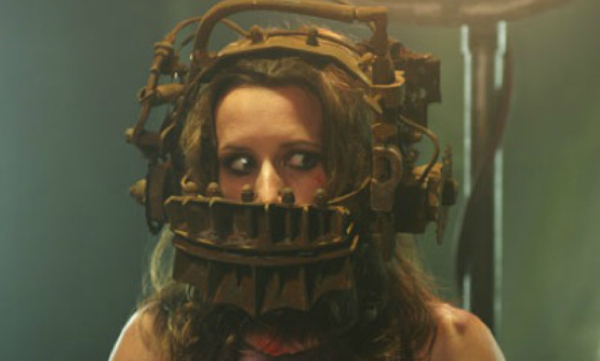
Pictured: a game that is arguably more fun than Microsoft Flight Simulator.
Which Is Worse: Enjoying Children’s Games, or Thinking Insecurity Is Something To Take Pride In?
I was travelling on the train to Sheffield the first time I saw this nonsense:
Some grey haired, middle aged man in a suit was nose deep in a children’s book about a young female wizard constantly saving her scarred friend and his idiot mate through hard work, determination and pluck. The middle aged chap was chortling as he read, and over the course of a two hour journey, he didn’t look up once. He was completely lost in enjoyment… But he couldn’t have admitted that enjoyment came from a story intended for children. He had to hide his reading material behind a ‘grown-up’ cover.
He was insecure in admitting what he liked. And that’s wrong. The Harry Potter books are great fun. Great fun. Why shouldn’t he be allowed to like them?
See, I think this nonsense argument, this reflexive cry that one game ‘is for kids!’, while the writer’s preferred game is not… I think it’s all a sham. A cover for a place of deep personal insecurity and shame. I think some gamers still feel ashamed for liking this hobby, and so have a desperate need to define the hobby as ‘mature’. Anything that challenges that perceived ‘maturity’, be it a decrease in complexity, a new line of models that are somehow less ‘realistic’, any change that could be interpreted as making the game less ‘grown-up’… And well. That’s a step towards admitting they still like playing, just like a child does. So these changes get fought in the ugliest way possible, driven by a deep personal fear that someone’s going to shame them first. They’re so scared of this shaming, they seize the initiative and get in first.
They’re basically this guy.
For those of you who haven’t seen ‘The Lego Movie’ WHAT IS WRONG WITH YOU? IT’S AMAZING. GO SEE IT.
Ahem.
As I was saying, in ‘The Lego Movie’, this character, The Father, sees himself as a gatekeeper. Lego is his hobby. He is in charge of it… At least, that’s what he feels, and so he is forced to make absurd claims that Lego is for adults. The film quietly ridicules him for this notion, pointing out that it’s not for adults or children: it’s for everyone.
The Father is so terrified of social censure, it’s reached the point where he goes through the most convoluted mental gymnastics to deny that he likes playing with toys – but why should he? What’s wrong with being an adult who plays with toys? Why is play a negative thing? What is so superior about things being ‘for adults’?
It’s all just a nebulous fear of social censure, and it’s ridiculous.
In the staffroom the other day, a group of women and men, all parents, were sat around discussion how much fun it was to have kids. Why? Was it just that kids were adorable bundles of fun? Well, yes. But, as one woman said:
“Well, because you’re allowed to play with toys again, aren’t you? Without feeling stupid, I mean.”
Secretly, she loved to play with toys. Not just with her child, but because toys are fun. Maybe not in the same way as when she was a child herself, but still fun. And because I have learned how better to fit in with Normal People, I didn’t say what I wanted to, which was this:
Finally allowed to play with toys again? Well, maybe you are, love. But I never stopped; I was always allowed to play with toys. Not by my mum, or the people around me… But because I don’t need anyone to give me permission to like what I like.
And you shouldn’t either.
I didn’t say that. But I thought it very loudly. Because as long as it’s safe, sane and consensual, no-one can tell you what you’re allowed to like. Anyone who tells you that what you like is childish? Well, that says more about them than you. That’s them telling you that they’re insecure. That they’re scared of judgement, and they think you should be too. Why? Because then they get confirmation; then, they finally get to say they were right to be scared, right to have stopped doing things they enjoyed, right to have shut themselves up in a little box made of their own anxieties and worries about what other people might say.
The thing is, there will always be people who call you childish for liking things designed for children. You can argue as hard as you want, point out the qualities of the art, explore why you love it, but they won’t listen because they don’t want to. So the trick is to ignore them. Give yourself permission to like what you like, without offering the slightest apology.
You’re allowed to.


